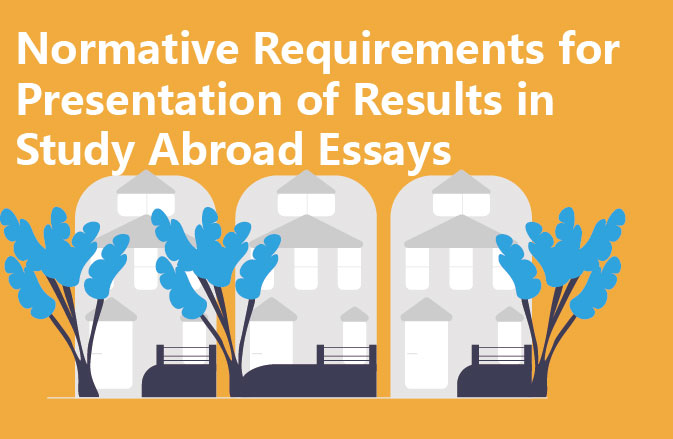Methodology as Chapter 3 in the main text, labelled from 3.
9 3.1 Introduction
This section outlines the research methodology, be it qualitative or quantitative.
Quantitative methods, correspond to e.g. positivism or phenomenology.
9 3.2 Research Strategy
This chapter does not consider the paragraph and word count until the research strategy has been determined. List the research questions and objectives, and work backwards to determine the appropriate methodology.
If you are looking for a representative viewpoint, use survey; if causality is important, use experimental strategy; if you are studying a historical event, use historical research; if you are doing in-depth research, use case study. the selected research strategy needs to cover the following issues: identifying, describing, proving. The first paragraph can start with the selected research strategy.
eg. This study uses [Designated Research Strategy]. Then explain why this strategy was chosen.
eg. A case study best meets the needs of this research because…. Ultimately, this research was conducted using the [Designated Research Strategy].
Common Mistake: Many scholars spend too much time discussing Research Strategy and lack an explanation of why this strategy was chosen. The key is to state the reasons!
9 3.3 Data Collection
Two questions need to be answered in this section: where did the data come from and how was it collected?
Where did the data come from?
Explanation: where the research was conducted, who provided the data, explain the choice of research subjects.
eg. Case study information is summarised in text form (in general, empirical data will be obtained from academic practitioners…) , and clearly presented in graphical form.
How will the data be collected?
The method of data collection, e.g. questionnaire or interview, should be clearly stated.
eg. Students immediately understand how the data will be collected: qualitative data is collected primarily through interviews.
Common mistake: Too much time is spent on describing the data collection process and not explaining why the method was chosen. Explaining the reasons is the main point!
3.4 Analysis
Two questions need to be answered in this section: what is to be analysed and how is it to be analysed?
What to analyse?
requires an in-depth analysis of the data collected, which can be illustrated by describing its characteristics.
eg. The research team plans to use content analysis to explore the data.
How will the data be analysed?
This section should explain the methodology and process of data analysis.
eg. We will use Excel for data analytics.
Common mistake: Overemphasising the method of data analysis and ignoring the purpose! The reason for choosing the method and how it will achieve the research objectives must be stated.
3.5 Results
Two questions need to be answered in this section: what are the results of the research and how are they presented?
What are the results of the research?
This section needs to explicitly report the final results of the research, i.e. the answers to the research questions.
eg. After sophisticated data analytics, the results revealed…
How were the results presented?
This section describes how the results of the study are presented.
eg. The results are presented in tabular form with graphs to illustrate the main findings.
Common error: The results are presented in tabular form with graphs to illustrate the main findings. Further detail is needed on the findings and how they answer the research question.




